As I begin to write this post, I can’t help but laugh. I’m not laughing because what I’m going to write is comical, it’s because, once again, my post will begin with me being inspired by one of my favorite EDU she-roes, Pernille Ripp. In April, Pernille wrote a fabulous blog post on her blog, Blogging Through the Fourth Dimension, all about using review to give students more choice with curriculum. Her idea to review standards covered by setting up small group activities and letting students choose what to work on, left me feeling so inspired.
After reading the post, I immediately shared it with my colleague, a 9th grade English teacher. Ms. Page is always willing to try new things, explore new ways to engage students, and doesn’t fear the work that goes behind creating intentional and innovative learning experiences for her students. Once she read the post, she was sold and our work began.
Our 9th graders are required to take an English I NC Final Exam. As most of you know, state tests are very hard to review for, since teachers are rarely given any heads up about what content and skills will be tested. Because I knew it would be impossible to pinpoint specific content for the test, I asked Ms. Page to reflect on 4-5 major skills that she felt were most important for her students to master in order to be successful English students. The idea of looking at an entire semester’s worth of course work and narrowing it down for review was super overwhelming for her. When I framed it in the context of a limited amount of skills, Ms. Page immediately knew what she wanted her students to work on during the last two weeks of the class.
Taking Pernille’s idea as our lead, we reconstructed her model to fit our students. First, we decided on the skills that we would be reviewing and found ways to identify those skills in a way that would be accessible for students. Ms. Page decided on 4 major skills areas: figurative language and diction analysis, central idea, text structure, and theme.
Next we thought about how we’d like to structure the review itself. We loved the way Pernille had her activities organized in an easy to read chart and decided to do the same. We are a 1:1 Chromebook school, so we created a Google Doc that would be a living instrument we could add to as the review progressed. We created a shortened link for the doc using Bit.ly, so students would be able to easily access it on a daily basis. We also posted the link to the doc in Ms. Page’s Google Classroom. Having a digital document also gave students the flexibility to work on assignments when they are absent from class. We decided to give ourselves 2 days for each of the skills, plus one extra day for reflection at the end. Ms. Page and I both agreed that we wanted her kids to have room to spread out and work, so during these 9 days, her classes met in the library. I had the stations set up with all the materials students would need, so they came in and were able to get started right away. Each day students were given 60 minutes to work on their choice assignment for the review column we were tackling. The last 25 minutes of class were used for guided review of reading passages with Ms. Page.
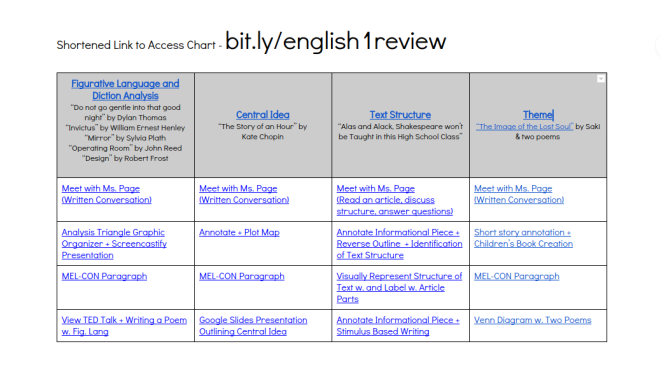 Another part of structuring the review was the idea of the review assignments themselves. Ms. Page and I are both the type of teachers who like to give our students intentional, well planned assignments that will be challenging and engaging. This can be hard with reviewing for state tests, since most of these are in multiple choice format. The first thing we decided to do was to match each skill with 1-3 anchor texts. This way, no matter which assignment students chose, they would all have the context to discuss the skill together. The anchor texts were also great because during the last 25 mins of class each day, Ms. Page could use those as the multiple choice question review. Since students had already read and worked with the text(s), they had more time to take a deep dive into the questions and talk about them together. Next, we decided to include 4 assignment choices for each skill. When Ms. Page created the assignments, she included various types of learning styles. Some focused more on writing, while others allowed students to create illustrations and videos. There was also an assignment thread through each skill that focused on working with Ms. Page in a small group. This option proved to be great for students who lacked confidence in their abilities or needed more guided instruction on a particular skill.
Another part of structuring the review was the idea of the review assignments themselves. Ms. Page and I are both the type of teachers who like to give our students intentional, well planned assignments that will be challenging and engaging. This can be hard with reviewing for state tests, since most of these are in multiple choice format. The first thing we decided to do was to match each skill with 1-3 anchor texts. This way, no matter which assignment students chose, they would all have the context to discuss the skill together. The anchor texts were also great because during the last 25 mins of class each day, Ms. Page could use those as the multiple choice question review. Since students had already read and worked with the text(s), they had more time to take a deep dive into the questions and talk about them together. Next, we decided to include 4 assignment choices for each skill. When Ms. Page created the assignments, she included various types of learning styles. Some focused more on writing, while others allowed students to create illustrations and videos. There was also an assignment thread through each skill that focused on working with Ms. Page in a small group. This option proved to be great for students who lacked confidence in their abilities or needed more guided instruction on a particular skill.
Once the chart was filled with assignments, we discussed the best way to have students choose what they were going to do during the review period. We toyed with the idea of having them rate themselves in each skill area and scaffolding the assignments from most to least challenging; however, we quickly dismissed this, realizing that our goal was to let students review their mastery of skills in a way that meets their learning style, not really to judge how challenging or easy a skill was. After taking a night to think about this, Ms. Page decided that she would use the day before the review to have a conversation with her students about the four mastery skills. They would talk about what the skills are, things that are hard about mastering each skill, and what mastery looks like. She also gave her students a short, Google Form survey to ask them which type of assignment they’d like to complete for each skill – the choices were general, but matched the assignment types we had already created in our chart. This way, we had an idea of how many students would be doing each assignment for each of the skill columns; however, we didn’t hold students to their choices if they felt strongly that they would benefit from a different assignment. On the second day of reviewing each skill, students turned in all completed work to the assignment that Ms. Page created in Google Classroom.
On the 9th day, we surveyed students about their experience with reviewing in this way. Overall, we found that most students associated reviewing for an exam with doing paper/pencil reading packets and piles of reading passages with multiple choice questions. To me, this was so powerful – prior to this activity, most of her students saw review as just another, boring way of going through the motions. They didn’t associate it with choice or creativity. It was obvious from both the survey results and by how engaged they were during the whole process, that students found this type of course review both fun and beneficial.
This type of review took a lot of planning and front loading, but it is something that Ms. Page and I will continue to do each semester. And since we already have the skeleton created, we can easily change the assignment choices and reading passages from semester to semester if we chose to. The best part of this entire learning activity was seeing her students engaged in real, intentional review that did so much more than just test mastery of skills – it gave students the confidence they need to conquer the test! This to me, is invaluable.
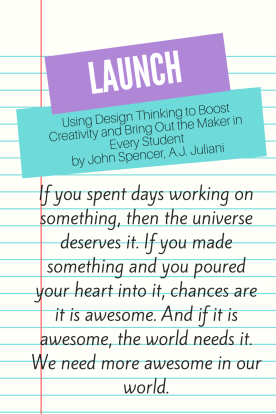 A few days ago, I tweeted to John Spencer and A.J. Juliani, thanking both of them for sharing their amazing book LAUNCH with the world.
A few days ago, I tweeted to John Spencer and A.J. Juliani, thanking both of them for sharing their amazing book LAUNCH with the world.
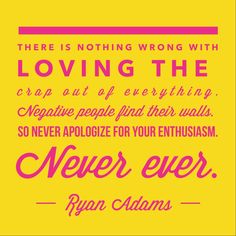
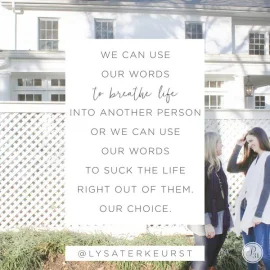
 Another part of structuring the review was the idea of the review assignments themselves. Ms. Page and I are both the type of teachers who like to give our students intentional, well planned assignments that will be challenging and engaging. This can be hard with reviewing for state tests, since most of these are in multiple choice format. The first thing we decided to do was to match each skill with 1-3 anchor texts. This way, no matter which assignment students chose, they would all have the context to discuss the skill together. The anchor texts were also great because during the last 25 mins of class each day, Ms. Page could use those as the multiple choice question review. Since students had already read and worked with the text(s), they had more time to take a deep dive into the questions and talk about them together. Next, we decided to include 4 assignment choices for each skill. When Ms. Page created the assignments, she included various types of learning styles. Some focused more on writing, while others allowed students to create illustrations and videos. There was also an assignment thread through each skill that focused on working with Ms. Page in a small group. This option proved to be great for students who lacked confidence in their abilities or needed more guided instruction on a particular skill.
Another part of structuring the review was the idea of the review assignments themselves. Ms. Page and I are both the type of teachers who like to give our students intentional, well planned assignments that will be challenging and engaging. This can be hard with reviewing for state tests, since most of these are in multiple choice format. The first thing we decided to do was to match each skill with 1-3 anchor texts. This way, no matter which assignment students chose, they would all have the context to discuss the skill together. The anchor texts were also great because during the last 25 mins of class each day, Ms. Page could use those as the multiple choice question review. Since students had already read and worked with the text(s), they had more time to take a deep dive into the questions and talk about them together. Next, we decided to include 4 assignment choices for each skill. When Ms. Page created the assignments, she included various types of learning styles. Some focused more on writing, while others allowed students to create illustrations and videos. There was also an assignment thread through each skill that focused on working with Ms. Page in a small group. This option proved to be great for students who lacked confidence in their abilities or needed more guided instruction on a particular skill.


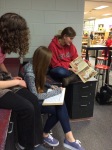
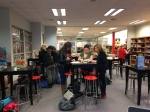
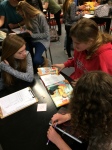
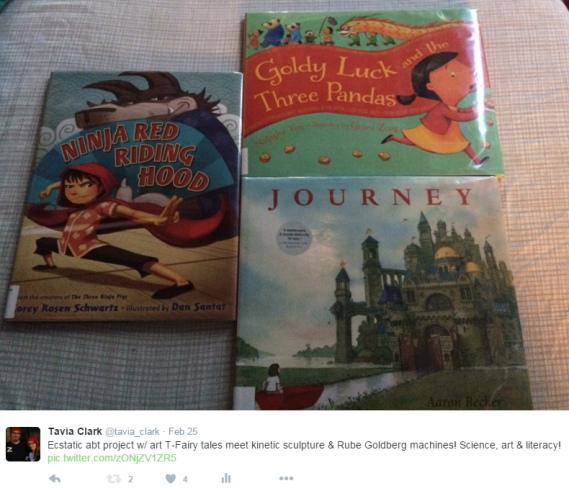
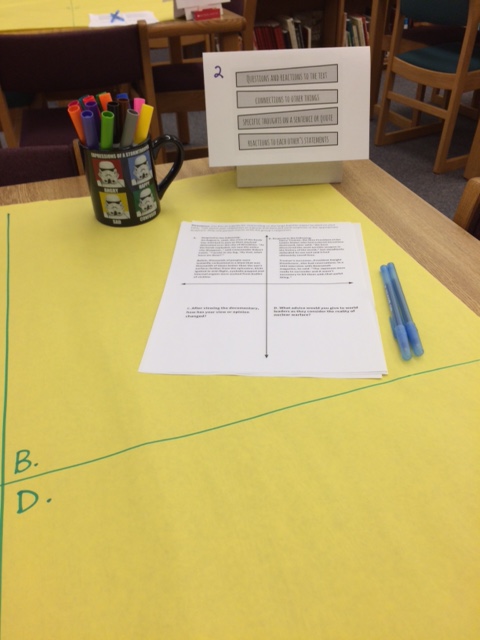 ked with an English III teacher on written conversations in response to the film White Light, Black Rain (about the bombings of Hiroshima and Nagasaki). Students watched the film and reflected prior to doing the write-around. This time, instead of choosing texts for students to respond to, we decided to allow the students to work in groups to create their own texts.
ked with an English III teacher on written conversations in response to the film White Light, Black Rain (about the bombings of Hiroshima and Nagasaki). Students watched the film and reflected prior to doing the write-around. This time, instead of choosing texts for students to respond to, we decided to allow the students to work in groups to create their own texts.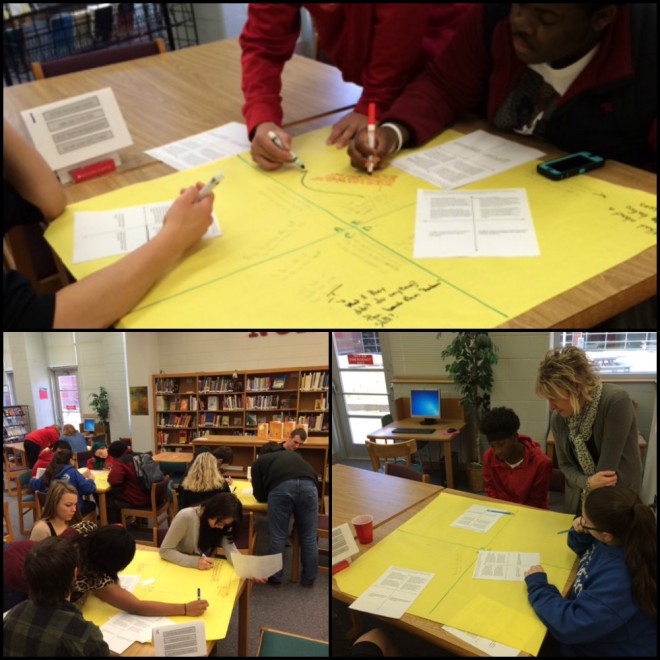
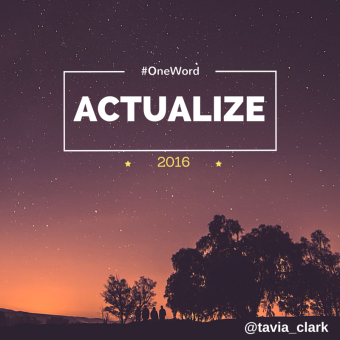
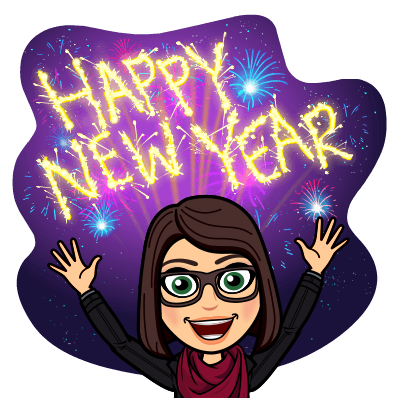 The past year has had its fair share of ups and downs. The very beginning of the year started on the lowest low point I’ve had; Bob and I had to make the decision to say goodbye to Timory. I thought the sadness would never go away. And, it hasn’t gone away entirely. I’m still heartbroken that she’s gone, but 2015 turned into a year of amazing opportunity and growth.
The past year has had its fair share of ups and downs. The very beginning of the year started on the lowest low point I’ve had; Bob and I had to make the decision to say goodbye to Timory. I thought the sadness would never go away. And, it hasn’t gone away entirely. I’m still heartbroken that she’s gone, but 2015 turned into a year of amazing opportunity and growth. Along with Mollee Holloman, my partner in crime (and the Amy to my Tina), I feel like I’ve accomplished so muc
Along with Mollee Holloman, my partner in crime (and the Amy to my Tina), I feel like I’ve accomplished so muc